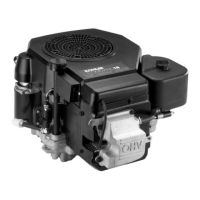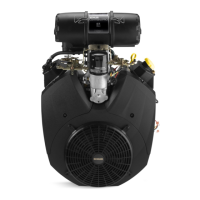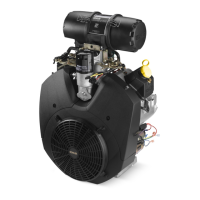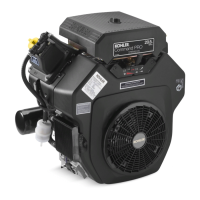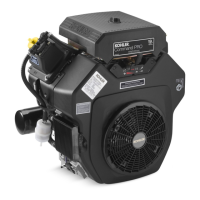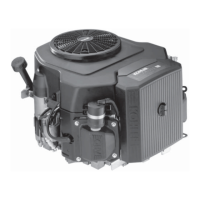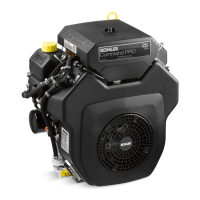Section 9
Inspection and Reconditioning
9
9.1
Section 9
Inspection and Reconditioning
This section covers the operation, inspection, and
repair/reconditioning of major internal engine
components. The following components are not
covered in this section. They are covered in sections of
their own:
Air Cleaner, Section 4
Carburetor & External Governor, Section 5
Ignition, Charging, & Electric Starter, Section 7
Clean all parts thoroughly. Only clean parts can be
accurately inspected and gauged for wear or damage.
There are many commercially available cleaners
that will quickly remove grease, oil, and grime from
engine parts. When such a cleaner is used, follow the
manufacturer’s instructions and safety precautions
carefully. Make sure all traces of the cleaner are
removed before the engine is reassembled and placed
into operation. Even small amounts of these cleaners
can quickly break down the lubricating properties of
engine oil.
Use an aerosol gasket remover, paint stripper, or
lacquer thinner to remove any old gasket material.
Apply the solvent, allow time for it to work, and then
brush the surface with a brass wire brush. A er all old
material is removed, clean the surface with isopropyl
alcohol, lacquer thinner, or aerosol electrical contact
cleaner. Do not scrape the surfaces, as any scratches,
nicks, or burrs can result in leaks. See Service Bulletin
252 for further information.
Refer to A Guide to Engine Rebuilding (TP-2150-A)
for additional information. Measurement Guide
(TP-2159-B) and Engine Inspection Data Record
(TP-2435) are also available; use these to record
inspection results.
Camshaft
Inspection and Service
Check the lobes of the camsha for wear or damage.
See Section 1 for minimum li and/or dimensional
specifi cations. Inspect the cam gear for badly worn,
chipped, or missing teeth. Replacement of the
camsha will be necessary if any of these conditions
exist.
Crankshaft
Inspection and Service
Inspect the gear teeth of the cranksha . If the teeth
are badly worn, chipped, or some are missing,
replacement of the cranksha will be necessary.
Inspect the cranksha bearing surfaces for scoring,
grooving, etc. Replaceable bearings are used in the
cranksha bore of the closure plate and/or crankcase.
Do not replace bearings unless they show signs of
damage or are out of running clearance specifi cations.
If the cranksha turns easily, without noise, and there
is no evidence of scoring, grooving, etc., on the races
or bearing surfaces, the bearings can be reused.
Inspect the cranksha keyways. If they are worn
or chipped, replacement of the cranksha will be
necessary.
Inspect the crankpin for score marks or metallic
pickup. Slight score marks can be cleaned with crocus
cloth soaked in oil. If the wear limits, as stated in
Specifi cations and Tolerances are exceeded, it will be
necessary to either replace the cranksha or regrind
the crankpin to 0.25 mm (0.010 in.) undersize. If
reground, a 0.25 mm (0.010 in.) undersize connecting
rod (big end) must then be used to achieve proper
running clearance. Measure the crankpin for size,
taper, and out-of-round.
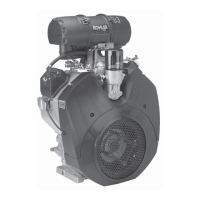
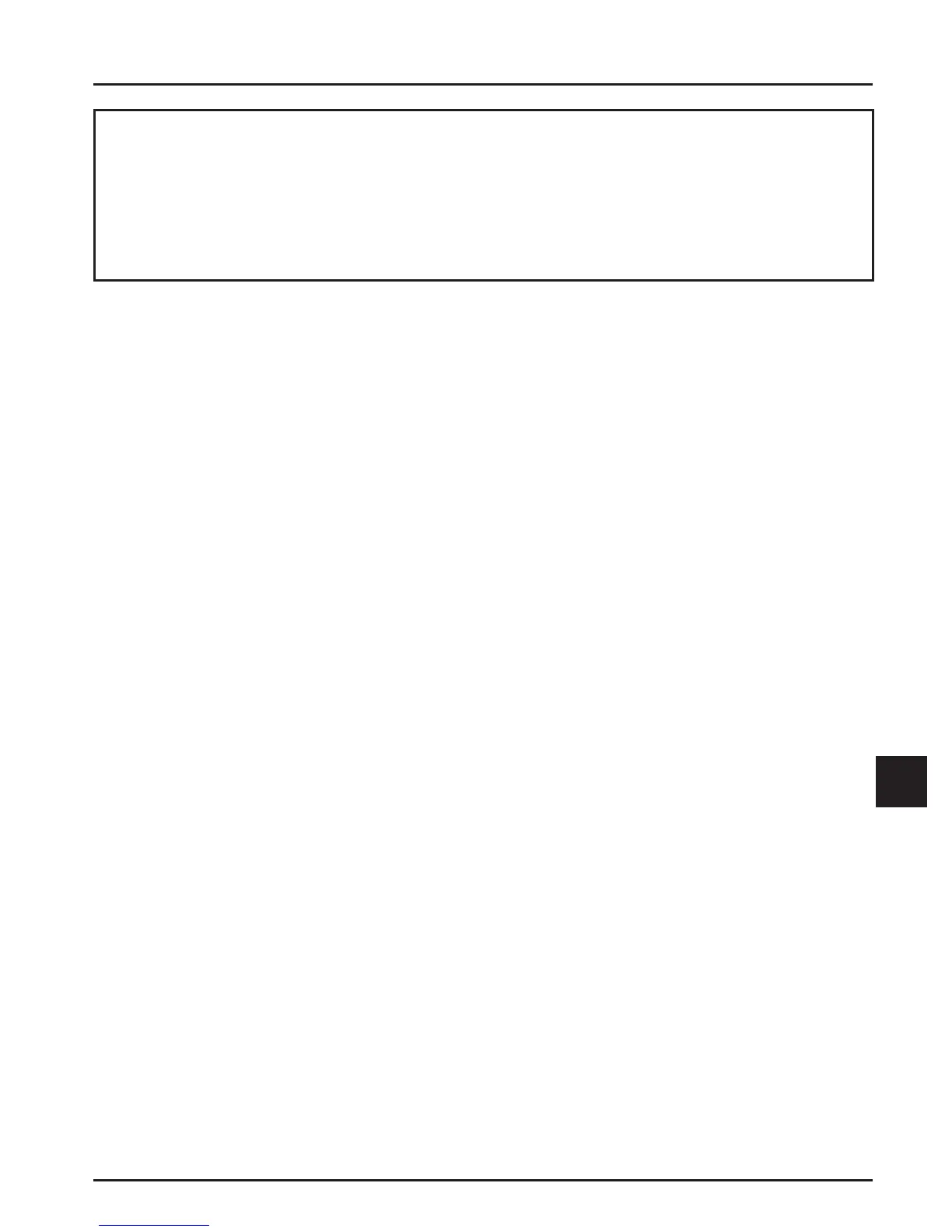